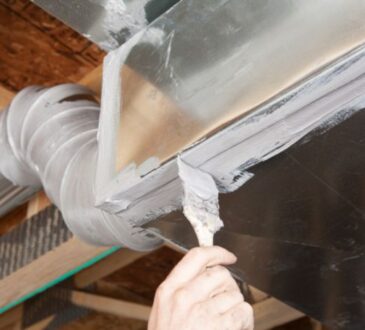
If you live in Northern California, you’re surrounded by some of the most diverse and beautiful plant life in the country. From towering redwoods to drought-resistant succulents, local flora plays a big role in our environment. But did you know it can also influence how your home breathes?
So, how can plants affect your indoor air?
Let’s start with a little science. Plants go through a process called evapotranspiration, where they release moisture into the air. This natural humidification can make your home feel more comfortable, especially in the dry summer months. Certain leafy plants like Epipremnum aureum (commonly called pothos) release more moisture, while succulents like Sansevieria (snake plant) release less.
But does that moisture actually help with ventilation?
It can! In homes with low air exchange, think older houses or tightly sealed buildings, moisture from indoor plants can slightly raise humidity levels. While this won’t replace your HVAC system, it can help reduce dryness in the air, making it feel fresher and more breathable. That’s especially helpful in the winter, when heaters often dry things out.
What about outdoor plants near windows and vents?
Outdoor vegetation also affects ventilation. Trees and shrubs around your home can block airflow or create shade that lowers indoor temperatures. In some cases, this natural shade can reduce the need for air conditioning. On the flip side, too much plant matter near vents or filters can clog systems and reduce airflow, so balance is key.
Do the Seasons Make a Difference?
Definitely. Northern California’s climate shifts from wet winters to hot, dry summers, and that impacts both your indoor air and your plants. In the cooler months, many homes use heating systems that dry out the air. That’s when indoor plants can really shine by adding just a bit of moisture to help balance things out.
In the summer, even though some plants release more moisture due to the heat, your home’s ventilation system usually moves air more quickly. That means the humidity from plants doesn’t stick around as much. Still, the cooling shade from trees and shrubs outside can help keep your home more comfortable and reduce your reliance on air conditioning.
Are there any risks?
Yes, too much humidity from indoor plants, especially in closed-off rooms, can lead to mold or mildew. And if outdoor plants block vents or grow too close to your HVAC unit, it could strain your system. Regular maintenance and mindful plant placement help keep things in check.
Takeaway
Whether it’s indoor pothos plants boosting humidity or outdoor trees shading your living room, Northern California’s flora can gently influence your home’s ventilation. Just be sure to strike the right balance between nature and airflow!
Need help managing your indoor air quality or HVAC system? Call Moore Home Services we’ll make sure your home breathes just right.




